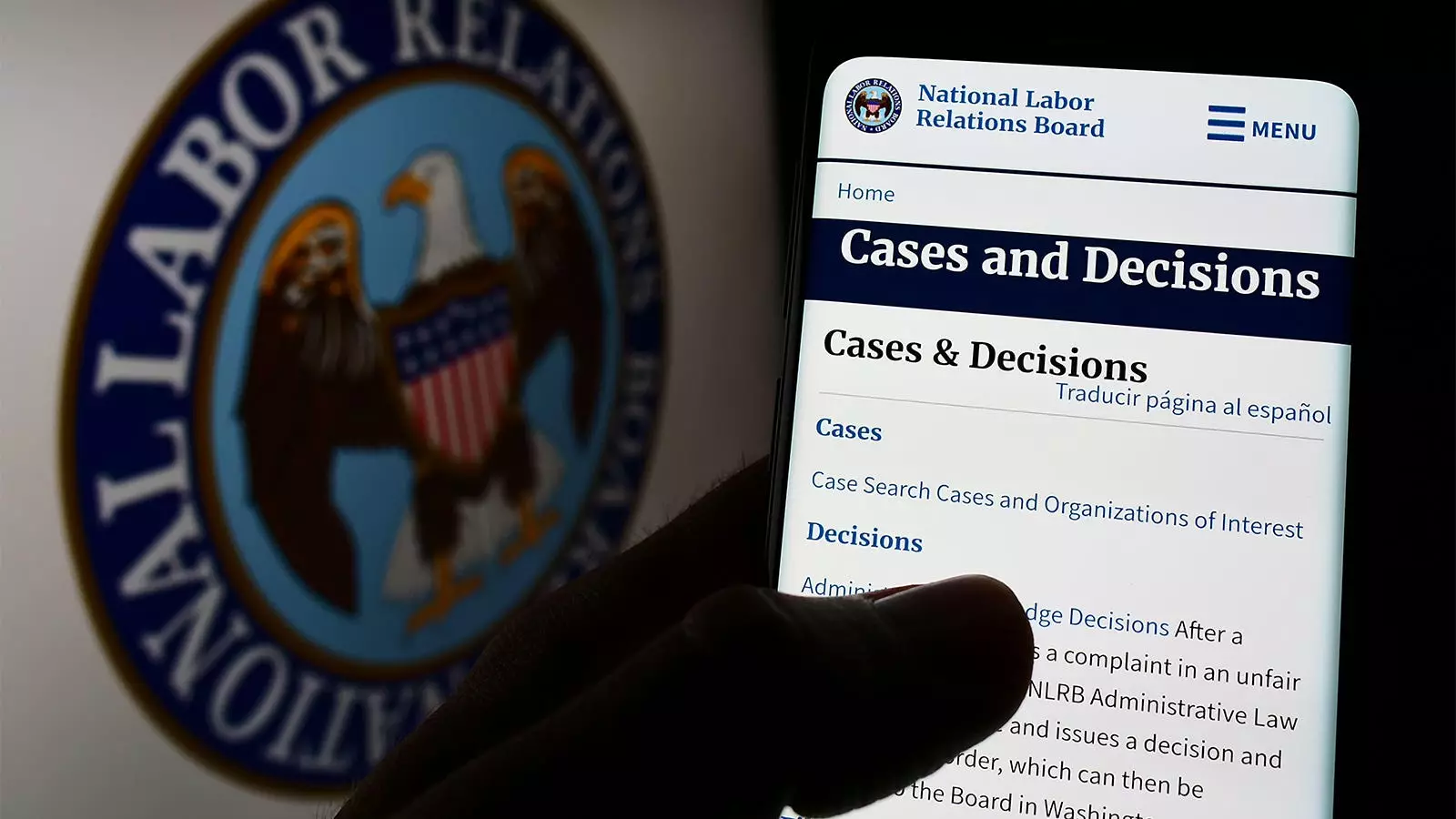The labor landscape for physicians in the United States is undergoing a notable transformation. Recent data from the National Labor Relations Board (NLRB) highlights a significant rise in union petitions among physician bargaining units between the years 2023 and 2024 compared to the previous two decades. This development reflects broader changes within the healthcare sector, compelling physicians to seek collective representation amidst evolving working conditions and governance challenges. The increase in union activity, as reported by Kevin Schulman, MD, and his colleagues, suggests a growing recognition of labor rights among healthcare professionals and a desire for improved workplace conditions.
Between 2000 and 2022, only 44 union petitions were filed, a stark contrast to the 33 petitions that occurred in just a year and a half from 2023 to mid-2024. This surge represents an impressive annual filing rate jump from approximately 2.1 to 23.3 petitions, as reported in JAMA. Out of the total petitions filed during this recent period, a significant majority (41 out of 66 recognized petitions) were certified, indicating a growing trend of successful unionization efforts.
The increase in participation reflects a more favorable environment for union initiatives among physicians, potentially driven by the alarming challenges brought on by changing workplace dynamics, including a shift to hospital employment amidst industry consolidations.
The motivations for this surge in union petitions provide valuable insights into the collective concerns of physicians. A crucial finding from press reports on 26 out of the 33 petitions indicates that the predominant triggers for union campaigns were deeply rooted in working conditions, with a staggering 85% of petitions citing this as a core issue. Additionally, 81% of petitions pointed towards a lack of physician input in management decisions, while concerns over patient care were raised in 54% of cases.
Surprisingly, financial compensation did not emerge as a prominent motivator, suggesting that the issues physicians face extend beyond salary negotiations. As noted by Schulman, the shift of more than half of physicians into hospital employment settings has led to increased scrutiny regarding their involvement in governance and decision-making processes, effectively pushing them towards unionization as a strategy to reclaim agency over their work environments.
The increase in physician unionization is not a recent phenomenon but rather echoes a rich historical context dating back to the 1930s. Initially seen through the lens of house staff unionization, today’s movements signal a broader, collective effort among physicians to assert their rights and interests. Collectively bargaining agreements from these recent union efforts will act as crucial indicators regarding the success of union objectives in the long term.
Despite the promising rise in union petitions, Schulman cautions against considering unions as a one-size-fits-all solution for governance challenges within healthcare. As different medical specialties begin developing their own collective bargaining units independently, there exists the risk of fragmentation that may dilute the effectiveness of these unions in tackling systemic issues.
The geographic distribution of union petitions reveals significant concentrations in the western United States, particularly in states like California, Oregon, and Washington, with these three states accounting for 43 out of the total 77 petitions. However, the findings presented by Schulman and colleagues also note that a significant portion of the petitions were lodged against hospitals, community health centers, and private equity-backed corporate entities.
Despite these insightful findings, the study is not without limitations. Excluded from the analysis were petitions associated with public-sector physician unions, indicating that the real scope of union activities may be even broader than represented. Furthermore, reliance on media reports for understanding motivations introduces a measure of uncertainty as such reports may be influenced by public relations strategies.
The upward trend in physician unionization represents a critical shift within the healthcare workforce, highlighting the imperative for collective bargaining in the face of evolving challenges. As healthcare consolidates and physicians seek meaningful participation in governance and workplace decisions, union petitions will likely continue to rise. Future focus should be on establishing cohesive mechanisms within and across specialties to strengthen the voice of physicians in the healthcare system, ensuring that their insights and concerns are adequately represented and addressed.


Leave a Reply